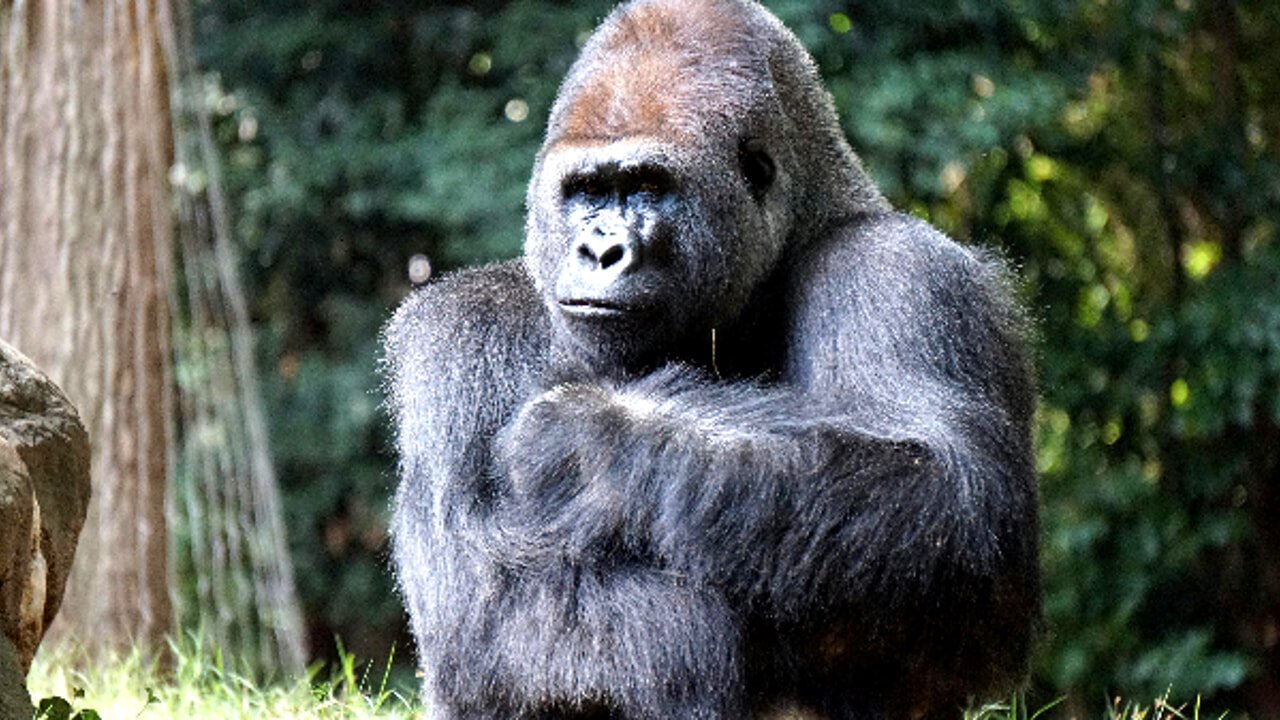Recently studio published in the magazine Scientific reportsa group of researchers documented the first observed case of a wild Sumatran orangutan (I put abelii) who actively treated a facial wound using herbal medicine, providing insights into the origins of human wound care.
In the early 1960s, Jane Goodall discovered whole leaves in the feces of chimpanzees in Tanzania, indicating a behavior now known as swallow the leaves, with antiparasitic benefits. Along with others such as chewing bitter pith, this behavior falls into five categories of self-medication.
Although frequently observed in African monkeys, such behaviors are more rare in Asian monkeys.
More research is needed to investigate the prevalence and effectiveness of self-medicating behaviors in nonhuman animals, as current evidence is limited and mostly anecdotal, requiring systematic studies to fully understand these work
What is the gene: everything you need to know about this wild species
I’m studying
The present research observation was conducted in Suaq Balimbing area within Gunung Leuser National Park, southern Aceh, Indonesia. The subject of this study, a Maschio orangutan in Sumatra named Rakusfirst observed in March 2009 as an adult male without flanges but without secondary sexual characteristics and believed to have originated in the late 1980s.
Data collection involved focal phases throughout the day, beginning when the orangutan left its nocturnal nest and continuing until building a new one at night. Observations were recorded every two minutes using standardized protocols, carefully noting any unusual behaviors. Rakus was a focal subject for several days when a new injury was first noticed and then when he treated this injury on June 25, 2022. Unfortunately, no visible records exist in wound treatmentbut a detailed account has been documented.
All research followed ethical standards, strict observation, and followed the legal and ethical requirements set by the Indonesian Ministry of Research and Technology.
A day of mourning when a dog or cat dies: the revolutionary proposal in Chile
Study results
On June 22, 2022, the research team observed Rakus with a new wound on the right edge and inside of the mouth. The wound is suspected to be the result of a fight with another flanged man, because there is clear evidence of that encounter that day.
Three days later, on June 25, Rakus was seen consuming the stems and leaves of liana (Tincture of Fibraurea), known locally as “Akar Kuning”. Although this plant is part of the regular diet of orangutans in the area, it is rarely eaten and represents only 0.3% of all feeding observations. However, the data showed that 47 out of 132 orangutans studied were seen consuming parts of this plant. During this specific observation, Rakus began chew the leaves without swallowing, using your fingers to extract and apply the juice directly to the wound on the face. This application is repeated in seven minutes.
Soon, flies began to gather at the wound site, prompting Rakus to carefully cover the area with chewed plant pulp, covering the red flesh with green leaf material. He continued this treatment for a total of 34 minutes. The next day Rakus continued to eat the vine for about two minutes. Subsequent observations showed no signs of infection and on June 30 the the wound appears closed. By July 19 he was completely healed, leaving only a small scar.
In addition, a known more Rakus rest after an injury, which will contribute positively to his healing process. Growth hormone release, protein synthesis and cell division, critical for recovery, are enhanced during rest. The data collected showed that Rakus’ rest time increased significantly after the injury, from an average of 14.8% of his day to 33%, and then stabilized at 23.6% once the injury was healed. This change is especially noticeable immediately after wound treatment, which has rest hours more than 50% within a few days. This behavioral adaptation likely played a role in his quick and successful recovery.
Research on animal self-care behaviors is important to understanding the evolution of medical practices, which may also have implications for humans.

